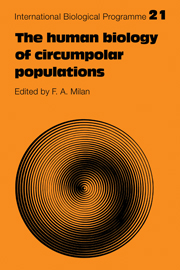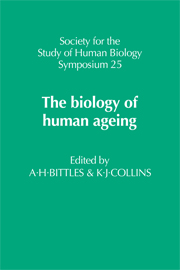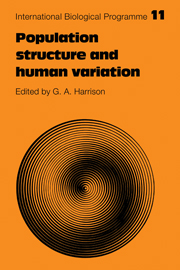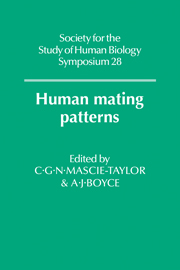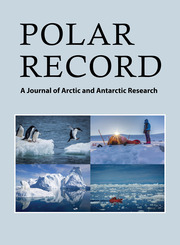The Human Biology of Circumpolar Populations
The International Biological Programme investigated the biology of circumpolar human populations in the period 1967–1974. This research was carried out by multidisciplinary teams and covered demography, genetics, craniofacial development, growth, ophthalmology, nutrition physiology and behaviour. The populations studied include Eskimos, Lapps and Ainu as well as certain of those from Russia. The environment inhabited by the populations has low temperatures, seasonal extremes of light and dark and relatively meagre ecological resources, but despite such harsh conditions the groups have survived for thousands of years. The study elucidates the biological and behavioural processes leading to this successful adaptation.
Product details
June 2009Paperback
9780521112666
400 pages
229 × 152 × 23 mm
0.59kg
Available
Table of Contents
- Foreword J. S. Weiner
- 1. Introduction D. R. Hughes and F. A. Allen
- 2. The demography of selected circumpolar populations F. A. Milan
- 3. The genetics of circumpolar populations of Eurasia related to the problem of human adaptation Yu. G. Rychkov and V. A. Sheremet'eva
- 4. Genetic studies on circumpolar populations A. W. Eriksson, W. Lehmann and N. E. Simpson
- 5. Craniofacial studies A. A. Dahlberg
- 6. Ophthalmology H. Forsius
- 7. Anthropometry of circumpolar populations F. Auger, P. L. Jamison, J. Balslev-Jorgensen, T. Lewin, J. F. de Pena and J. Skrobak-Kaczynski
- 8. Nutrition H. H. Draper
- 9. Physiology of circumpolar people S. Itoh
- 10. Work physiology and activity patterns R. J. Shephard
- 11. Behaviour H. Forsius
- 12. Summary F. A. Milan
- Index.

